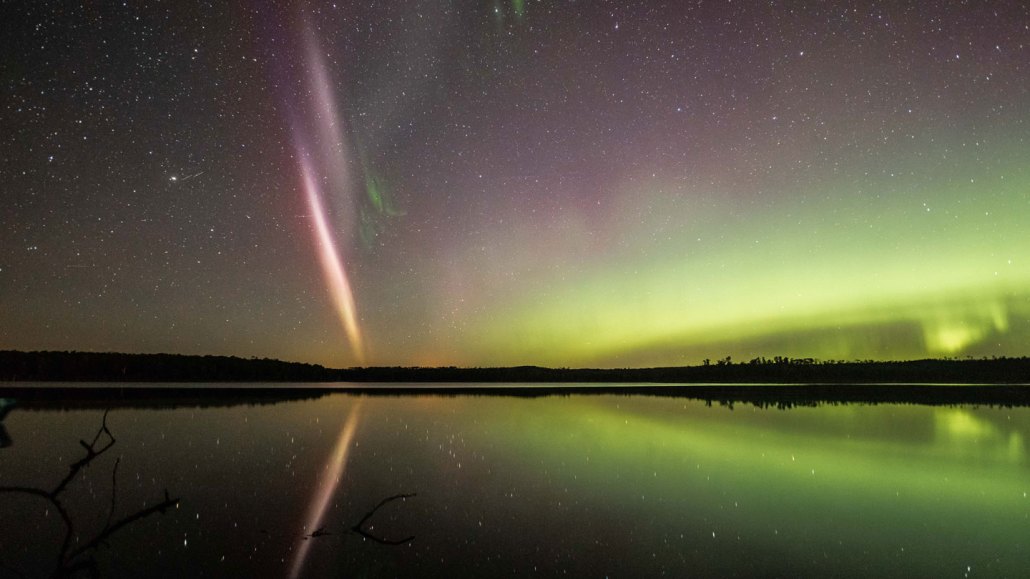Questions for ‘The weird sky glow called STEVE is really confusing scientists’

Scientists are struggling to figure out the right recipe of atmospheric conditions that create STEVE (purple) and its sidekick, the picket fence (green).
N. Zeller

Scientists are struggling to figure out the right recipe of atmospheric conditions that create STEVE (purple) and its sidekick, the picket fence (green).
N. Zeller